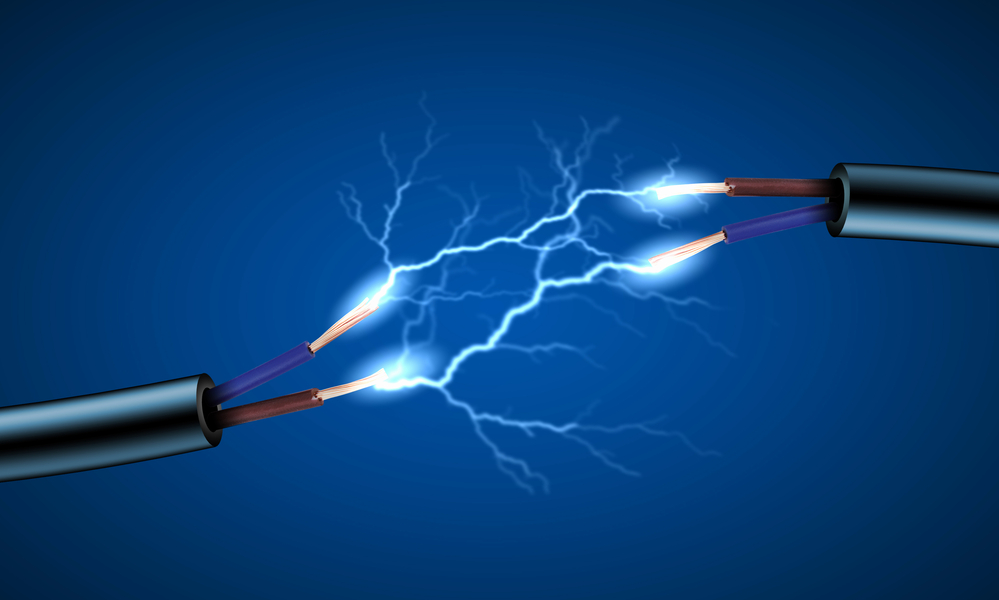The Limitations of Wireless Electricity Transmission
Electricity, the foundation of modern civilization, has transformed the way we live and interact with the world. While electrical transmission through wires has proven to be highly efficient and reliable, there has been a long-standing fascination with the idea of wireless electricity transmission – the ability to transfer electrical power without the need for physical conductors. Although wireless power transfer has seen some advancements, it is not as widely adopted as wired transmission. In this article, we explore the limitations of wireless electricity transmission and the challenges it faces.
The Core Principle of Electric Current
To understand the limitations of wireless electricity transmission, we must first grasp the core principle of electric current. Electricity, in most cases, is the flow of electrons through a conductor – a material that allows the movement of electric charge. This flow of electrons is driven by a potential difference or voltage between two points in the conductor.
In wireless electricity transmission, the challenge lies in transferring electric power without the aid of conductive pathways. While it is true that certain phenomena, such as electromagnetic induction, can enable wireless power transfer over short distances, there are significant obstacles when attempting to transmit electricity wirelessly over longer distances or to power devices remotely.
Energy Loss and Inefficiency
One of the primary reasons why wireless electricity transmission encounters limitations is energy loss. In wired transmission, the conductors offer a direct and low-resistance pathway for the electric current to flow, minimizing energy losses along the way. However, in wireless transmission, energy is transferred through electromagnetic fields, and these fields weaken rapidly with distance. As a result, the farther the energy needs to travel wirelessly, the greater the energy loss, making it less efficient compared to traditional wired transmission.
Directional Control and Safety Concerns
Another challenge in wireless electricity transmission is maintaining directional control over the energy transfer. With wired transmission, the path of the electricity is well-defined and predictable. In wireless transmission, however, the energy may disperse in various directions, making it challenging to ensure precise delivery to the intended destination. This lack of directional control can pose safety concerns, as stray electromagnetic fields may interfere with other electronic devices or even human health.
Interference and Regulations
The wireless spectrum is already crowded with various technologies, such as radio, television, cellular networks, and Wi-Fi, all utilizing specific frequency bands for communication. Introducing widespread wireless electricity transmission could lead to interference with existing technologies and cause regulatory challenges.
Furthermore, safety regulations play a significant role in the adoption of wireless electricity transmission. Ensuring that energy is transmitted safely without harm to living organisms or the environment requires stringent measures and standards.
The Balance between Innovation and Practicality
While the concept of wireless electricity transmission is enticing and has the potential to revolutionize energy distribution, practical challenges remain significant barriers to widespread adoption. While some applications, like wireless charging pads for small devices, have become more commonplace, the efficient and long-range wireless transmission of electricity remains an ongoing area of research and development.
In conclusion, while it is scientifically possible to transfer electricity wirelessly through various methods like electromagnetic induction and resonant coupling, the limitations of energy loss, directional control, safety concerns, interference, and regulatory hurdles have hindered its widespread implementation. As technology and research progress, the dream of seamless, long-range wireless electricity transmission may eventually become a reality, but for now, the world continues to rely on the efficiency and reliability of wired electrical transmission.

Comments
Post a Comment